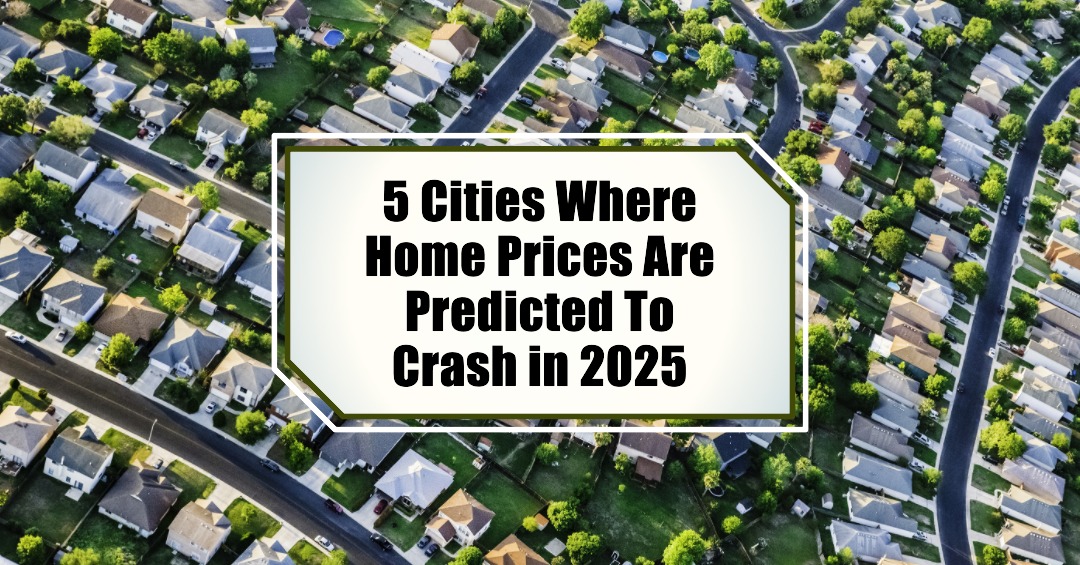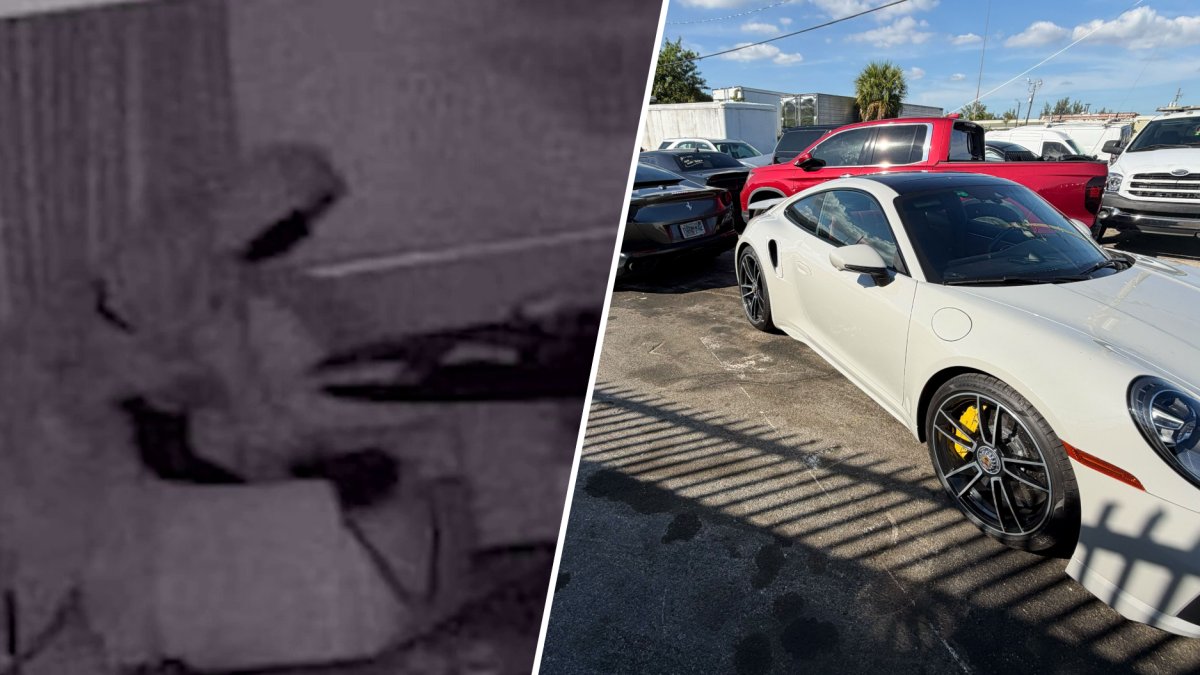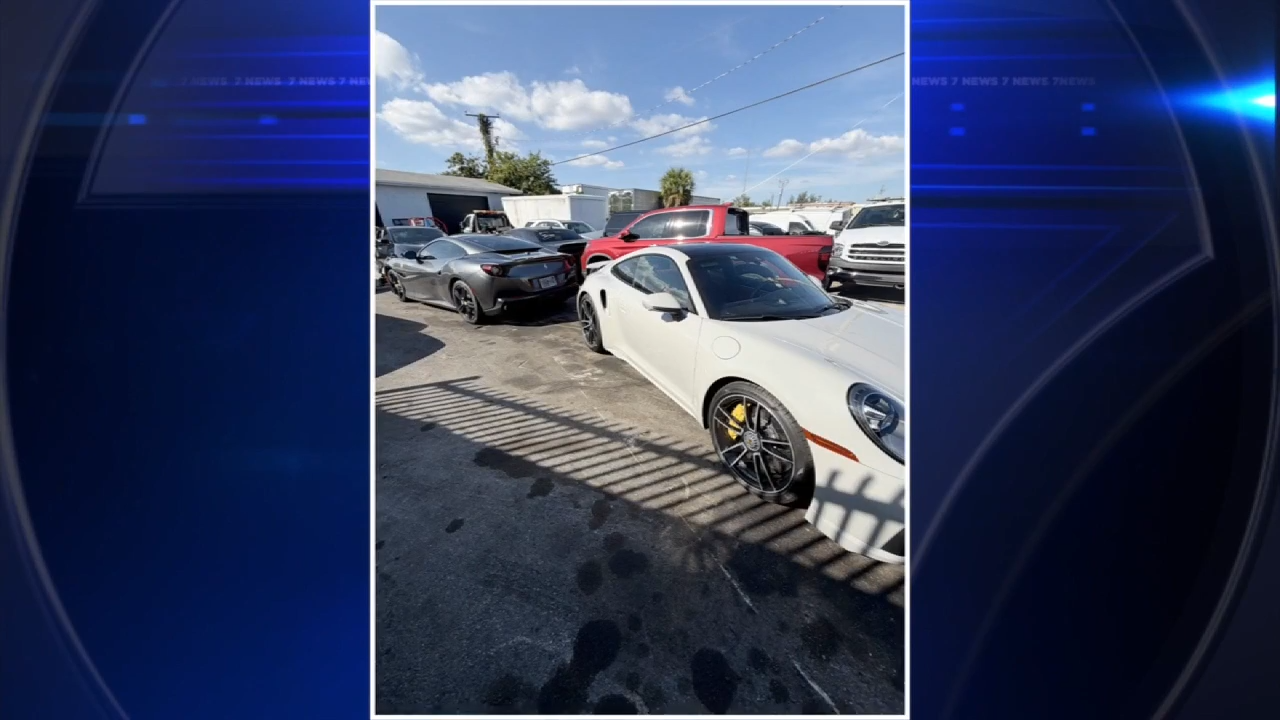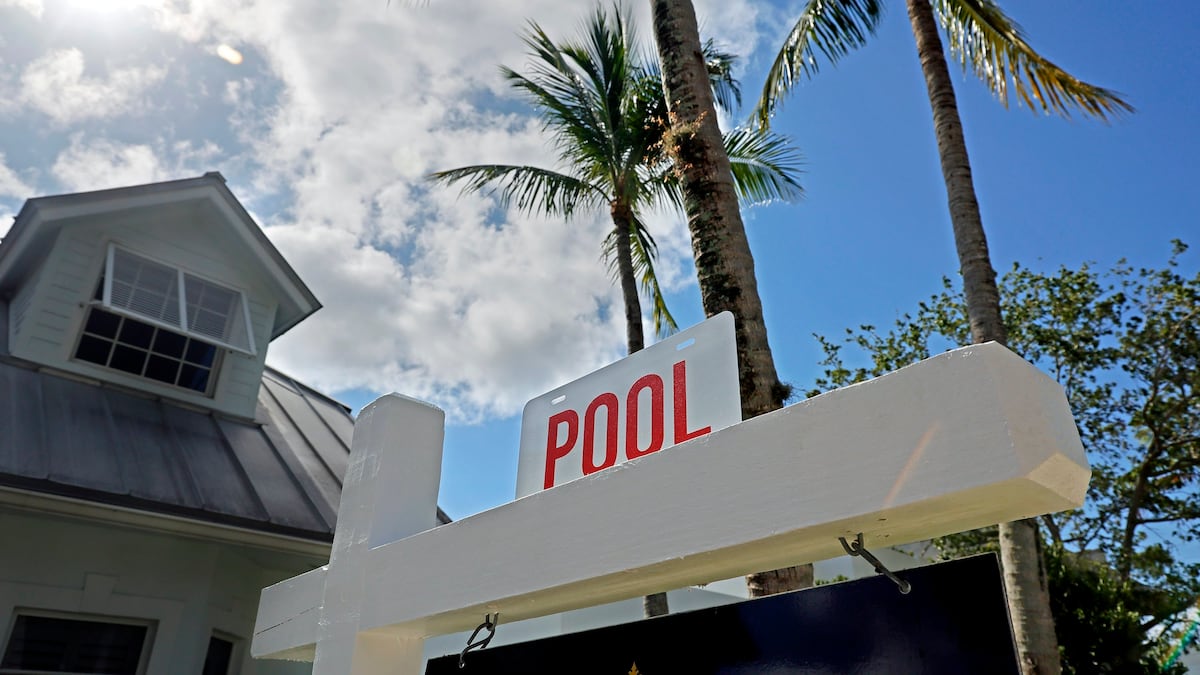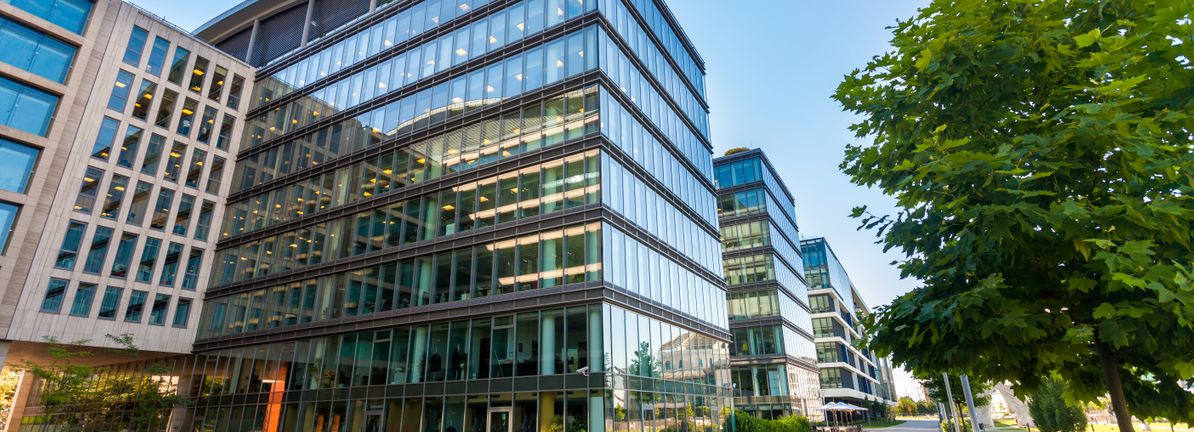A
re you thinking about buying a home or keeping an eye on the market as a homeowner? You're likely wondering if home prices will continue to climb or take a dip. While most experts predict modest growth nationally in 2025, a recent CoreLogic report has identified five cities where home prices are predicted to crash within the next 12 months.
These cities - Provo, UT; Tucson, AZ; Albuquerque, NM; Phoenix; and West Palm Beach, FL - face a greater than 70% probability of home price decline. Let's explore why these areas are considered high-risk and what factors are contributing to this forecast.
Why should you care about this prediction? If you're looking to buy, it could help you decide where to focus your search or when to make an offer. Timing can be everything! If you already own a home, knowing if your area is at risk can help you make informed decisions about refinancing, selling, or adjusting your financial expectations.
Even if you're not in the market, understanding these trends can give you a broader picture of the national housing market and the economic factors that influence it. The CoreLogic report takes into account various factors, including economic conditions, housing supply, and demand dynamics.
The Sun Belt story is one of boom and possible bust. During the pandemic, people moved to these areas for warmer weather, lower taxes, and more space, driving up home prices. However, this growth might be running out of steam due to higher interest rates, increased inventory, and affordability concerns.
A closer look at each city reveals that Provo-Orem, UT saw significant price increases during the pandemic but is now showing signs of slowing down. Tucson, AZ experienced rapid price appreciation, while Albuquerque, NM's housing market is adjusting to higher inventory and rising costs. Phoenix-Mesa-Scottsdale, AZ faces a significant correction due to increased inventory and cooling demand. West Palm Beach-Boca Raton-Delray Beach, FL saw a huge influx of people during the pandemic but is vulnerable to rising insurance costs.
While these five cities are considered high-risk, the national housing market is expected to see modest growth overall. CoreLogic projects that national home prices will increase by 4.1% annually through December 2025. Realtor.com is projecting similar growth of about 3.7% through 2025.
The difference between local and national trends highlights the importance of understanding hyperlocal markets. Mortgage rates, inventory levels, and economic conditions all play a significant role in determining home prices. As long as mortgage rates remain elevated, buyer demand will likely remain subdued.
What does this mean for you? If you're looking to buy in one of these five cities, now might be a good time to start shopping around. You might have more negotiating power as prices potentially decline. However, don't try to time the market perfectly - focus on finding a home that meets your needs and fits your budget.
If you own a home in one of these areas, don't panic! A price decline doesn't necessarily mean you'll lose money. Focus on the long term and consider listing your home sooner rather than later if you're planning to sell in the near future.
Experts like Selma Hepp, Chief Economist at CoreLogic, play a vital role in helping us understand the housing market. Hepp points out that the market has been "bifurcated," with Northeastern markets seeing price growth due to low inventory, while Southern markets are adjusting to higher inventory and rising costs.
The future outlook for the national housing market is still relatively positive, with most experts believing that home prices will continue to grow at a slower pace than in recent years. Key factors to watch include mortgage rates, inflation, and housing supply.
